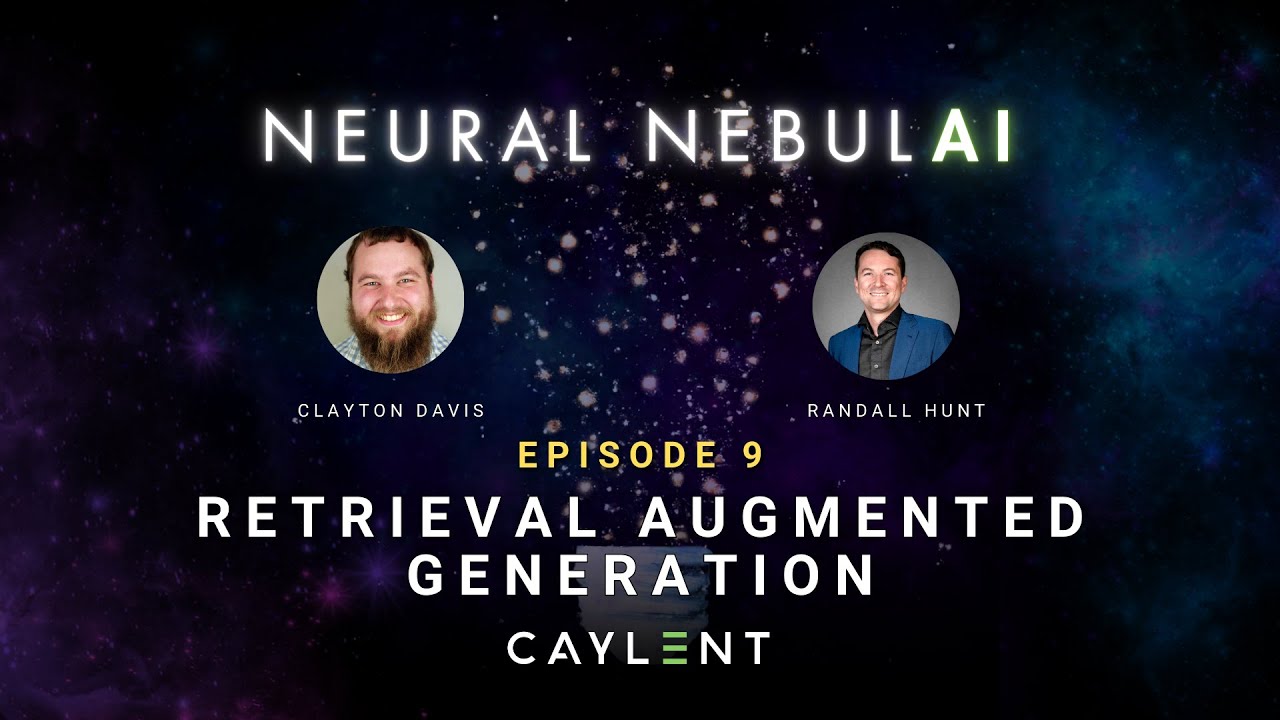Build Smarter PDF Assistants: Advanced RAG Techniques using Deepseek & LangChain
Summary
TLDRIn this video, Nariman demonstrates techniques to enhance Retrieval-Augmented Generation (RAG) accuracy using a hybrid retrieval approach. He first explains how a basic RAG setup works, where a PDF’s content is indexed and queried using semantic search. He discusses common issues like poor results due to semantic search errors, offering simple solutions like adjusting chunk sizes or passing entire small PDFs. Then, he introduces the hybrid method, combining BM25 and semantic search for improved retrieval accuracy. Nariman also touches on contextual retrieval, which adds contextual prompts to chunks for even better results, ultimately optimizing RAG performance.
Takeaways
- 😀 Make sure to watch the previous video on setting up a basic RAG with LLMs if you haven't already.
- 😀 In a RAG (retrieval-augmented generation) system, PDF text is extracted, split into chunks, and indexed in a vector store using embeddings for semantic search.
- 😀 A common issue in RAG systems is poor results due to ineffective retrieval strategies, especially when using semantic search, which might return irrelevant documents.
- 😀 In cases where you're seeing poor results with semantic search, consider simplifying the setup by passing the entire PDF into the LLM, especially if it's small enough.
- 😀 Adjusting chunk sizes and overlap can also improve RAG accuracy, with a recommended chunk size of around 200 tokens to balance performance and accuracy.
- 😀 BM25 (Best Matching 25) is an alternative retrieval method that relies on exact matches rather than semantic similarity, making it useful for cases where semantic search fails.
- 😀 Combining semantic search (vector search) and BM25 in a hybrid retrieval setup can improve RAG accuracy by covering both methods' strengths.
- 😀 LangChain allows the creation of hybrid retrievers, which combine semantic and BM25 retrievers, and let you adjust their relative weights for better results.
- 😀 Pre-processing text (e.g., tokenization, stemming) before using the BM25 retrieval method is crucial for improving accuracy in document retrieval.
- 😀 For more complex accuracy improvements, consider using a contextual retrieval approach, where LLMs add small context to each chunk during indexing to maintain more specific context within the documents.
Q & A
What is the main purpose of the video?
-The main purpose of the video is to share techniques for improving retrieval-augmented generation (RAG) accuracy, specifically when working with PDFs using vector-based semantic search and BM25 retrieval methods.
What is a common issue when using RAG with semantic search?
-A common issue with semantic search in RAG is that it might retrieve irrelevant documents. For example, asking about 'queen' might also bring up documents containing 'king,' because the similarity search focuses on semantic relationships rather than exact token matches.
How can you address poor RAG results without immediately changing the retrieval strategy?
-Before changing your retrieval method, you can try simpler solutions like adjusting the chunk size or passing smaller PDFs as a whole in a prompt instead of chunking them into vectors.
What are the advantages of using BM25 retrieval in RAG?
-BM25 retrieval focuses on exact token matches, ensuring that relevant documents are retrieved based on precise keywords. This can help avoid retrieving irrelevant documents, such as mixing up 'queen' and 'king' in a question about royalty.
What is the hybrid retrieval approach mentioned in the video?
-The hybrid retrieval approach combines both semantic search and BM25 retrieval methods. This allows for leveraging the strengths of both methods: semantic search captures relationships between words, while BM25 ensures exact token matching.
How does LangChain help in implementing the hybrid retrieval approach?
-LangChain helps by providing an `embell_retriever` class that allows combining multiple retrieval methods (semantic and BM25) with customizable weights, making it easier to implement a hybrid retrieval strategy.
What preprocessing steps are important for BM25 to work effectively?
-Preprocessing steps such as tokenizing, normalizing, and stemming the text are crucial to improve the accuracy of BM25 retrieval. These steps ensure that tokens are handled correctly before being indexed.
What is the benefit of contextual retrieval, and how does it improve accuracy?
-Contextual retrieval improves accuracy by adding additional context to each chunk of text. For example, if a chunk is about Apple's financial report, it gets tagged with context that clarifies this, helping the retrieval system understand the relevance of the information.
How does chunking affect the retrieval process, and what should be considered when adjusting chunk size?
-Chunking helps divide large documents into smaller sections, which makes them more manageable for retrieval. When adjusting chunk size, consider that too large chunks might miss relevant details, while too small chunks could lose important context. The ideal chunk size typically ranges from 200 to 500 words.
What is the potential downside of using contextual retrieval, as mentioned in the video?
-The downside of contextual retrieval is that it increases the indexing time because each chunk must be processed with a call to an LLM to generate the context. This additional step can significantly slow down the overall process.
Outlines

このセクションは有料ユーザー限定です。 アクセスするには、アップグレードをお願いします。
今すぐアップグレードMindmap

このセクションは有料ユーザー限定です。 アクセスするには、アップグレードをお願いします。
今すぐアップグレードKeywords

このセクションは有料ユーザー限定です。 アクセスするには、アップグレードをお願いします。
今すぐアップグレードHighlights

このセクションは有料ユーザー限定です。 アクセスするには、アップグレードをお願いします。
今すぐアップグレードTranscripts

このセクションは有料ユーザー限定です。 アクセスするには、アップグレードをお願いします。
今すぐアップグレード5.0 / 5 (0 votes)






